Politics
In Wake of Trump’s Travel Ban, These Artists Face an Uncertain Future in US
Six artists spoke to artnet News about their predicament.
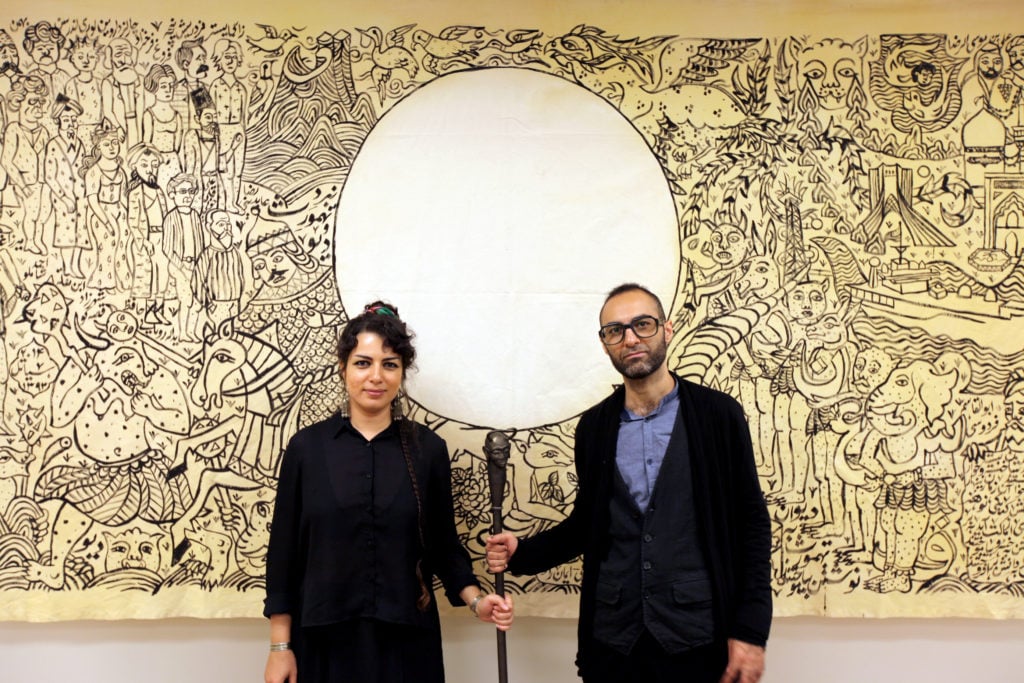
Six artists spoke to artnet News about their predicament.

Brian Boucher

Shock waves continue to ripple outward from last Friday’s surprise announcement of President Donald Trump’s executive order halting entry to the US by natives of seven majority-Muslim Middle Eastern and African nations.
Artists born in Iran, Iraq, Libya, Somalia, Sudan, Syria, and Yemen may see their ability to come to the US or to live here curtailed in the months to come, depending on the results of court decisions challenging the order. Those who live here, whether with visas or green cards, may find their ability to travel internationally for exhibitions and other projects restricted.
According to research by the Washington Post, Iranians stand to be the most affected group overall. “About half of the visas given in the seven countries were given to Iranians last year,” says the paper’s explainer. Several Iranian artists spoke to artnet News, while others declined due to worries that they could be penalized for speaking out.
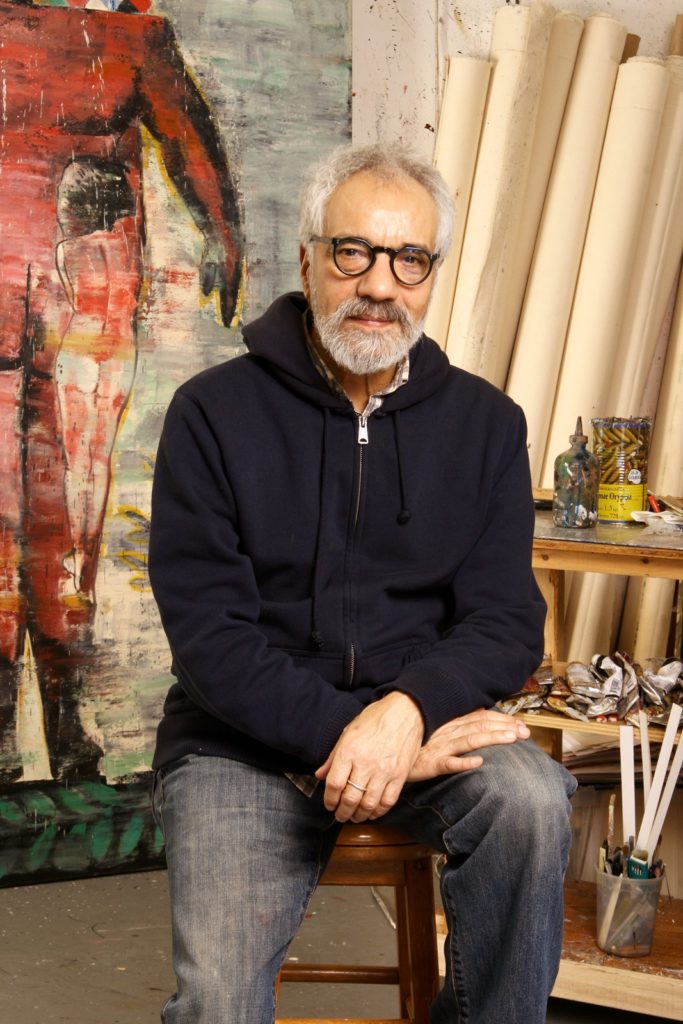
Nicky Nodjoumi. Courtesy the artist.
Nicky Nodjoumi, an Iranian artist living in New York since 1961, holds a green card, which grants him the status of lawful permanent resident. “You come to a new country for freedom and now they want to ban you,” said Nodjoumi, who is blacklisted in his own country after his own activism against oppressive regimes there, he explained in a phone call. “It’s scary and at the same time ironic, and we can only ask, What the hell is going on?”
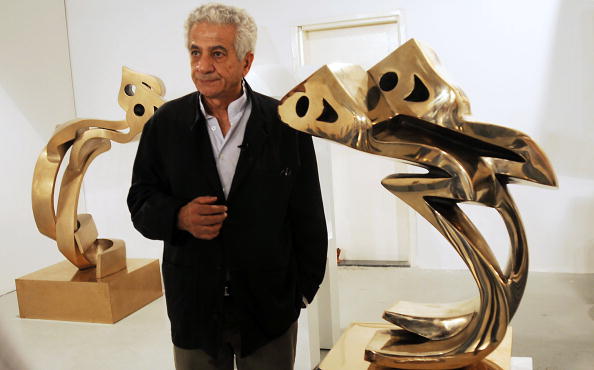
Parviz Tanavoli standing in an exhibition of his sculptures in Dubai, 2009. Courtesy of Haider Shah/AFP/Getty Images
Another eminence grise of Iranian art tells artnet he’s modifying his travel plans as a result of the ban. Seventy-nine-year-old artist Parviz Tanavoli, who splits his time between Tehran and Vancouver, has appeared in several recent US shows, including “Iran Modern” at New York’s Asia Society and “Global/Local: Six Artists From Iran,” at New York University’s Grey Art Gallery, as well as a solo show at the Davis Museum at Wellesley College.
“I used to travel to the US regularly but I won’t now,” the artist, who was born in Iran, said in a phone interview. News of the ban brought back memories of an episode in July 2016, when the Iranian government confiscated his passport on the eve of a trip to London, and the authorities later accused him of “disturbing the public peace.”
“I was extremely disturbed and upset by that,” he said. “But of course the current ban is much worse than what happened to me personally.”

Shahrzad Changalvaee and her partner, Iman Raad, in a performance at Foote School, New Haven, Connecticut, in 2016. Photo Judy Sirota Rosenthal, courtesy the artist.
Younger Iranian artists in the US also feel very much at risk. Iranian artist Shahrzad Changalvaee, who graduated with an MFA from the Yale School of Art in 2015, holds a three-year artist visa, which does not allow her to travel internationally. This already makes it difficult for her to cultivate an art career, she points out.
She had to leave the country to apply for the visa, and she planned her return so that she would touch down at JFK at about noon on Inauguration Day. “I wondered if I might be one of the first Iranians to enter the US during the Trump era,” she said in a phone interview, “but I really didn’t think I would be one of the last.”
Her husband, Iman Raad, is currently an MFA student at Yale. When his student visa expires, she says, they’re very concerned that they might have to leave, after several years building a life here, especially since she would be separated from her family, who lives in the States.
The travel restrictions affect some of her projects; she had launched Bon-Gah, a publishing house and artists’ cooperative, in Tehran, but now can’t travel there to work with her colleagues. Plans to fly to London, where she was in talks with a gallery to curate an exhibition, are also now up in the air.
“I’ve never felt like a stranger here,” she said. “But now it’s different.” Trump’s promises to get tough on Iran echo her experience growing up in southern Iran in the 1980s, during the height of the Iran-Iraq war. “Thinking about another potential war, I was out of my mind,” she said. “This is beyond what I thought could happen.”
Iranian-born artist Amir H. Fallah, who is shown by Third Line Gallery in Dubai, was held up at Newark Airport without explanation on Saturday morning on re-entry to the US after traveling to Tel Aviv for an exhibition. A US citizen, he has lived in Los Angeles for fifteen years. Though he left Iran when he was four and told Customs officials he never travels to Iran, he says that he was questioned and held for several hours without using of his cell phone. This was all, he pointed out in a January 30 Facebook post, despite holding a US passport and having qualified for the Transportation Security Administration’s pre-check program.
“I’ve dealt with various levels of prejudice for most of my life,” he writes, “but this was the first time I felt homeless.”
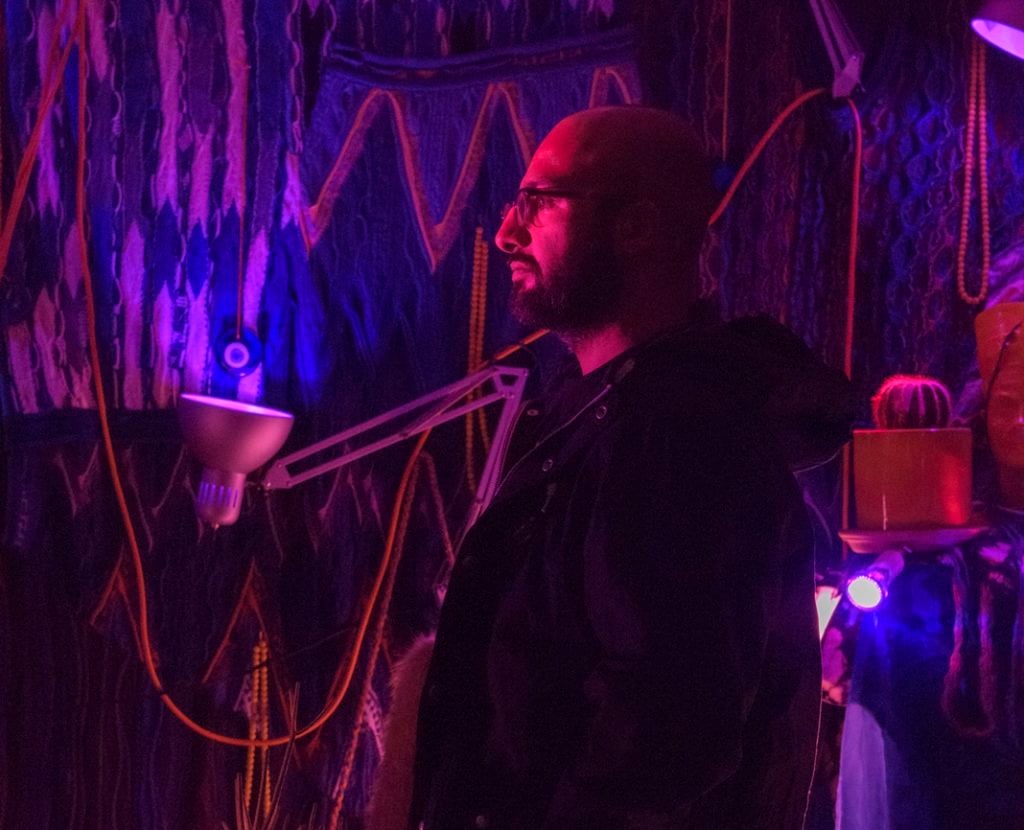
Amir H. Fallah. Courtesy the artist.
The episode followed extensive questioning both on his way into Israel and when he left; during the two-hour exit interview, he was asked by airport security officers why he became an artist and to explain what “art theory” is.
In March, when the executive order will still be in effect, Fallah plans to fly to Dubai for a restaurant commission, and worries about re-entry.
While President Trump has proposed what he calls “extreme vetting” of refugees and other travelers, Sudanese artist Khalid Albaih pointed out in a phone interview that such proposals could only toughen what were already difficult procedures.
The Wall was already there,Visas were already nearly impossible,registry existed,racist white men were always powerful. #Trump just says it
— ود البيه (@khalidalbaih) January 26, 2017
Albaih, a political cartoonist whose drawings were taken up by protesters during the Arab Spring, has recently been in the US for speaking engagements at events like the Creative Time Summit and schools like the Rhode Island School of Design, as well as for exhibitions at venues including Harvard University’s Center for Middle Eastern Studies.
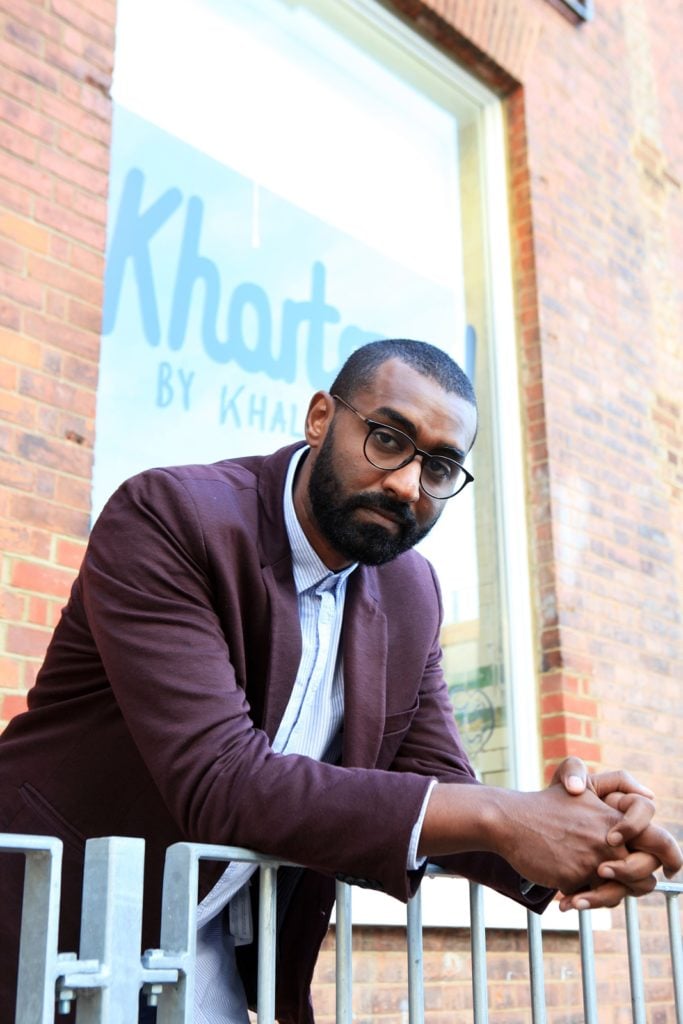
Khalid Albaih. Courtesy the artist.
“I already had to wait six months for my visa” for visits like those, Albaih explained in a phone interview from Doha, Qatar, where he lives. “If that’s not extreme vetting, I don’t know what is.” All the same, on the occasion of another invitation, to be a human rights fellow at Maine’s Colby College, it took another six months and the intervention of the State Department to push the application through.
“When my family later arrived, my four-year-old daughter’s passport was screened, and so naturally they had to go to a room on the side and be questioned. Four years old! They kept them there, they kept their passports, made them wait another two hours after a fifteen-hour flight. We already had approval. Then you get to the airport and you get questioned again.”
“So now I’m not even thinking of applying for a visa,” he said. “I’m not ready to go through all of this again, for myself or my children.”
The executive order also halts the entry of any Syrian refugees. Artist and designer Jumana Jaber has been a visiting assistant professor of art and design at Montclair State University, in New Jersey, since 2013. She and her family are Syrian refugees who were brought to the US under the auspices of the Institute of International Education’s Scholar Rescue Fund. She and her husband were professors in Damascus, and her son a student.
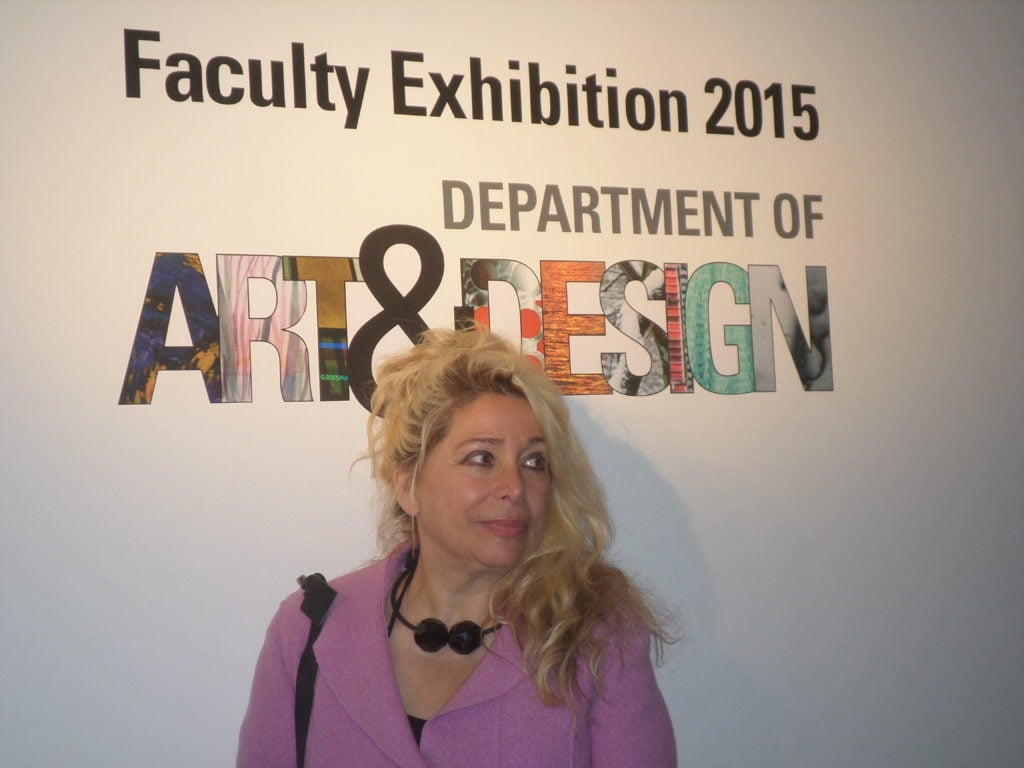
Jumana Juber at Montclair State University. Courtesy the artist.
“My husband was kidnapped by radical Islamists,” said Jaber in a phone interview. “My son’s friend was killed by radicals at the university.”
But it’s possible that Juber’s ordeal isn’t over, since the new administration is rethinking its refugee policies. “We are worried about our case. We can’t leave the country,” she said. “We applied for asylum, but these new decisions may affect our case. My sons are very worried about whether the visa will be renewed. They ask me every day whether they will put us out. Where would we go? We can’t go back to Syria.”